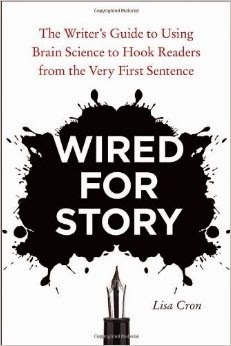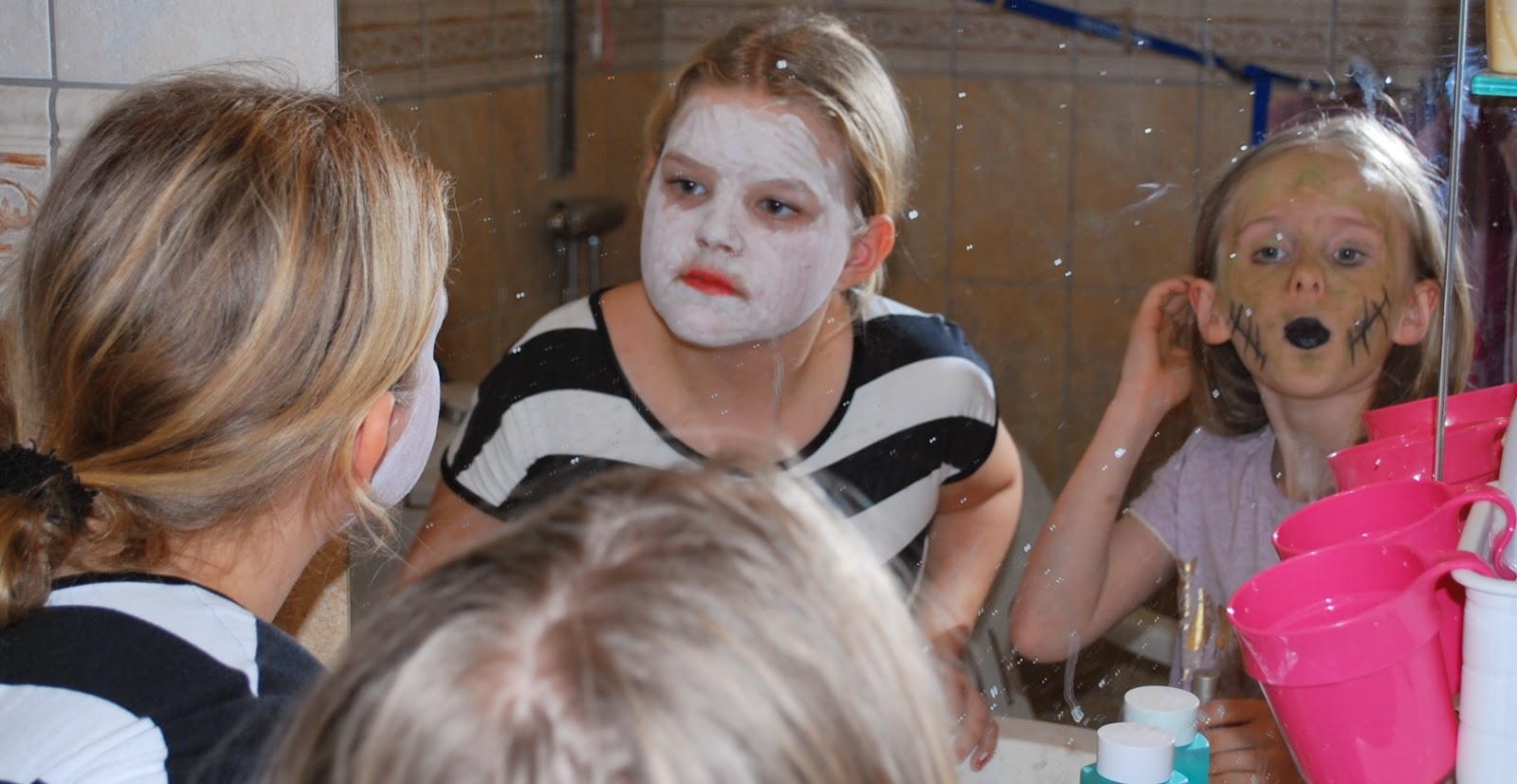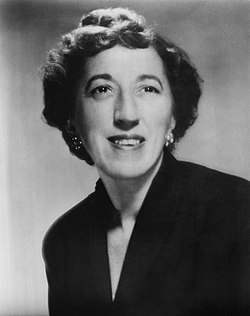

Anna Nordeman
IWSG - Insecure Writer's Support Group for December 2014
This is my twentieth post for IWSG.
I am starting to write this ahead of time already on 23rd November and pre-scheduling it. As November is drawing to a close, I have two main topics: a short review of yet another helpful book for wannabee writers, Les Edgerton's, Hooked, write fiction that grabs readers at page one and never lets them go, and I would like to share a few words about how I fared with NaNoWriMo this year.
First, Hooked. With a title like that, it does make you curious. This is all about hooking in readers like fish! The bait is how your book begins. Or as Les Edgerton puts it: 'The road to rejection is paved with bad beginnings'.
Les has included many catchy beginnings to novels and stories to illustrate what he means about writing a good 'hook'. For example:
My uncle Roland Zerbs lives in LaPorte, Missouri, where I grew up. He's known locally as the Fish Man.
From Sherwood Kiraly's Diminished Capacity
When Edward Carney said good-bye to his wife, Percey, he never thought it would be the last time he'd see her.
From Jeffery Deaver's The Coffin Dancer
My mother died at the moment I was born, and so far my whole life there was nothing standing between me and eternity; at my back was always a bleak, black wind.
From Jamaica Kincaid's 'Xuela'
He was so mean that wherever he was standing became the bad part of town. From Les Edgerton's own story, 'The Bad Part of Town'
Another problem that Les Edgerton addresses is, after you have written your amazing opening line, what do you do with back-story, flashbacks and descriptions? Story structures aren't what they used to be.
There is also a chapter with a list of no-nos for beginning writers to avoid: Never open a story with a dream, a buzzing alarm clock or with dialogue.
Les Edgerton has his own webpage: http://www.lesedgerton.com
-------

And now to an update on my NaNoWritMo-participation:
This is what my NaNo-November looked like: I think I am beginning to really hate NaNo.
I only reached 12222 words.

I got off to a late start, but did well a few days in the middle of the month and then realised that I could never make it in time, and lost interest in even trying, around Thursday 20th November.
What happened? I did have an outline or scene-cards, but there were still a lot of holes in the plot. I needed time to think it through and not just write gibberish to get the word count up, only to have to cut it away later on.
I hate NaNo. I hate NaNo. I hate NaNo.
No. NaNo. It's Not fun to Not win NaNo.
I don't care what anyone writes in those pep-talk-NaNo-letters. I think trying to write your novel for NaNo can even damage it. You can loose interest in your ideas because of the time press. It can kill your imagination. It can drench your flame of burning interest. It can make you write worse than if you took it at a calmer pace.
I still think it is better (at least better for me) to write at a slower pace and know that what I write means something to the whole of the novel. There is a great risk that you just 'stuff' your text with silly writing that you know in your heart does not lend anything to the story.
And having to edit unnecessarily, afterwards, is just giving yourself extra work. All that time spent on pulling the text apart and in order to start over.
Luckily, I wrote my story in little chunks of scenes that can be easily moved around in another order, if I decide that the plot needs that. (Thank you, Roz Morris, for that!)
All of this said, I still don't want NaNo to cease to exist. NaNo can help you to get started. I still think that it is basically a good challenge, and a friendly and supportive writing-community, that puts the focus on the importance of writing. It does teach you about using your time wisely. The set up and the little widgets all show you that each day's work can bring you closer to your goal. It encourages good work habits. A writer needs to write, every day.
I am sure that NaNo could work well for some young people or others who have more free time, who don't have to think about looking for work or have two children to raise alone or a troll for an ex-husband who makes life sour on a regular basis.
I think the little calender shown above could be a good tool for year-round use. I wish I could use the counter over a longer period of time. It might help me find a working stride. (Or I can just write down the word count every day on PAPER! I used to do that when I worked with commercial art.)
I think it is important to learn how to get the work done, and to be able to calculate how much time you need to write a longer text.
I think it is easier to calculate translation work than it is original writings. I have heard lectures of translators talking about how they calculate their work, by word count or pages. And my translation work does go faster. I don't have to worry about story structure, just the tone of the text and the meaning of words.
Since August I have been working on a translation and working well. I was almost halfway through my novel when NaNo started. But I didn't think that I could work on another author's novel in translation for NaNo. Maybe I could have.
For now, I've put my own original novel aside, and have returned to my translation work. (I have translated 20 chapters of an other author during the period, September-October and a bit into November. So I have indeed been writing and thinking about the use of words during this time.)
I'm glad that I discovered Roz Morris' Nail-Your-Novel-books last year. Thanks to Roz, I think I will be able to rescue my NaNo-novel when I get back to it (this coming summer).
If you want to read more about Roz Morris' Nail-Your-Novel how-to-books please click here.
My warmest congratulations to yoghurtelf (Trisha F. of WORD + STUFF) for winning. Shes been at it for 12 years, so she must know how to do it.
Best wishes,
Anna

First Commenter:
Alex J. Cavanaugh



.jpg)

























